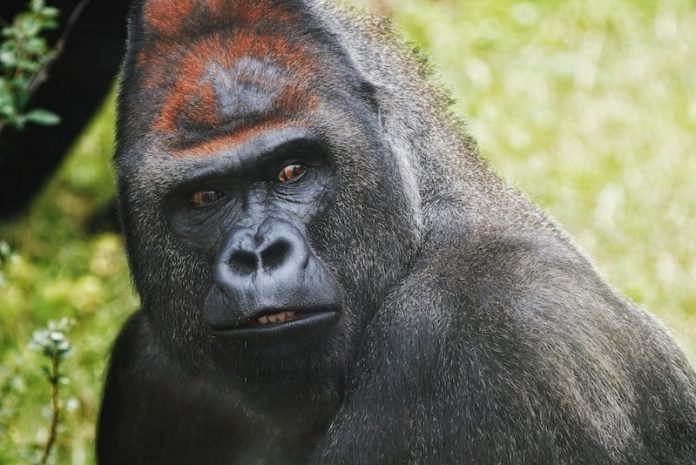
Long ago, giants walked the earth. In the lush karst landscapes of southern China, a species of enormous apes, known as Gigantopithecus blacki, thrived.
These towering beings stood three meters tall and weighed as much as 250 kilograms.
Despite their formidable size and presence, they vanished before humans ever set foot in their domain, leaving behind a mystery that puzzled scientists for years.
The only remnants of their existence are about 2,000 fossilized teeth and four jawbones, which for a long time offered scarce clues about why these distant relatives of humans disappeared.
However, recent discoveries have shed light on the fate of these colossal primates, revealing that they went extinct between 295,000 and 215,000 years ago, unable to adapt to their changing world.
A team of researchers from China, Australia, and the United States embarked on a decade-long quest to unravel the mystery of Gigantopithecus blacki’s extinction.
Their journey led them to 22 cave sites across Guangxi Province, where they meticulously collected and analyzed evidence to piece together the story of the world’s largest primate.
The key to unlocking this ancient puzzle was dating the fossils and sediments from these caves with unprecedented accuracy.
By applying six different dating techniques and gathering extensive environmental and behavioral data, the researchers were able to pinpoint when and how Gigantopithecus blacki met its end.
Unlike other primates of their time, such as orangutans, which adapted to changing conditions by altering their size, behavior, and habitat preferences, Gigantopithecus blacki struggled to adjust.
As the seasons became more pronounced and the forests they depended on changed, these giants were unable to find sufficient nutritious food.
Their diet became less diverse, their movements more limited, and their numbers began to dwindle under the stress of environmental changes.
The research revealed that while Gigantopithecus blacki was flourishing, they inhabited a rich and diverse forest.
However, as the climate shifted and the forests transformed, these giants failed to adapt. Orangutans, in contrast, managed to change with their environment, surviving to this day.
The demise of Gigantopithecus blacki serves as a stark reminder of the consequences of specialization and the inability to adapt to rapid environmental changes.
The story of these ancient giants, pieced together through the painstaking analysis of their fossilized remains, offers valuable insights into the challenges faced by species in the past and provides a cautionary tale for the future.
As we stand on the brink of a potential sixth mass extinction, understanding the reasons behind the disappearance of species like Gigantopithecus blacki becomes crucial.
It not only helps us appreciate the resilience and adaptability of life on Earth but also highlights the urgent need to protect our planet’s biodiversity against the backdrop of ever-changing environmental conditions.
The research findings can be found in Nature.
Copyright © 2024 Knowridge Science Report. All rights reserved.



